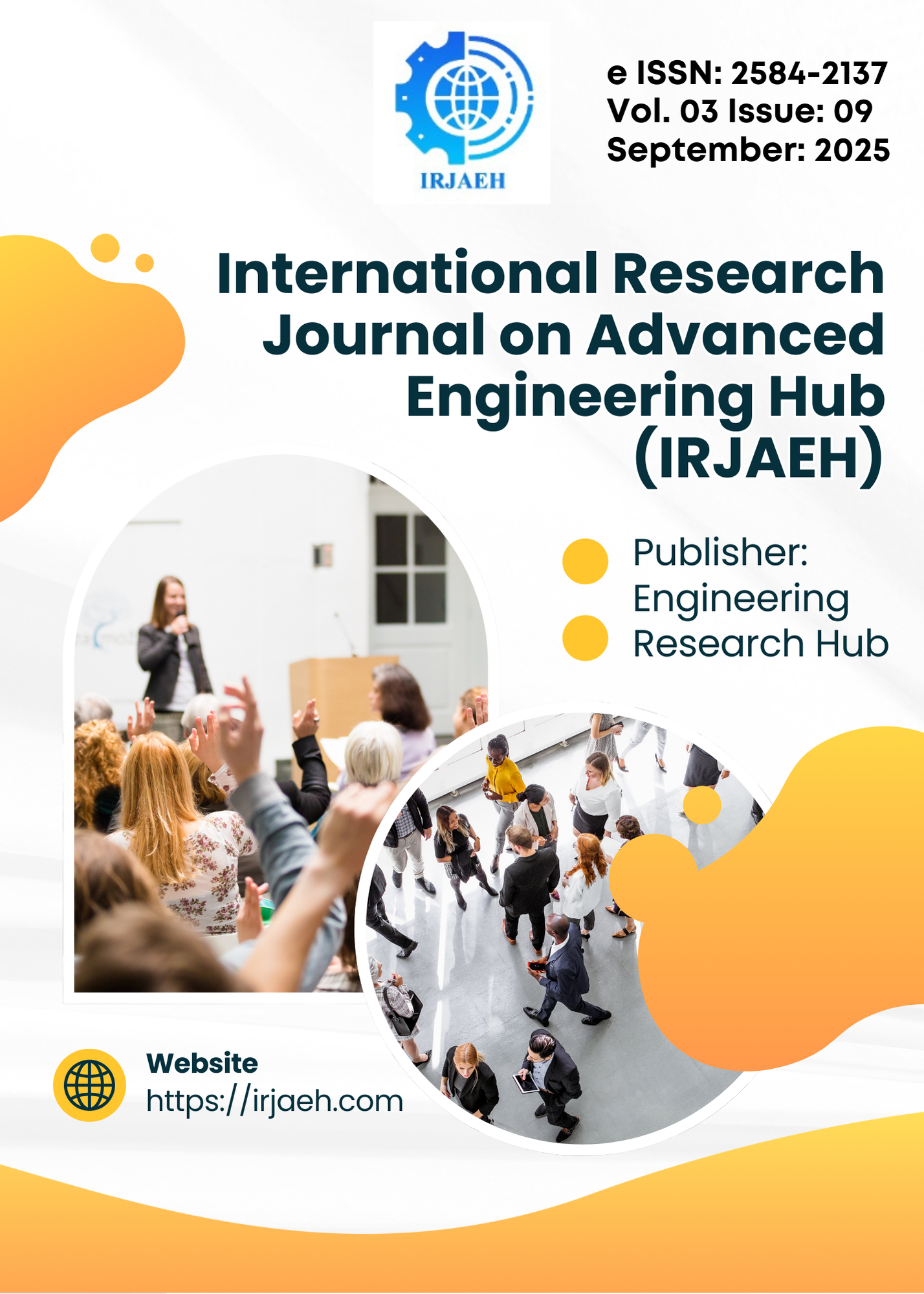NAYANVAANI: Enhancing Communication for The Disabled Through Eye-Tracking Technology
DOI:
https://doi.org/10.47392/IRJAEH.2025.0543Keywords:
Eye gaze, eye tracking, predicting text, speech disabilityAbstract
This paper introduces NAYANVAANI, an innovative AI-based assistive communication system that empowers individuals with severe physical disabilities to express themselves through eye movements. Many people affected by conditions such as ALS (Amyotrophic Lateral Sclerosis), cerebral palsy, or spinal cord injuries retain eye mobility while losing the ability to speak or use traditional input devices. NAYANVAANI addresses this gap by translating real-time eye gestures into English words and phrases using image processing and deep learning techniques. The system architecture consists of three key modules: eye region detection using convolutional neural networks (CNNs), gaze and blink sequence recognition using a Long Short-Term Memory (LSTM) network, and a mapping module that converts recognized patterns into textual output. The final output is displayed on-screen and optionally converted into synthesized speech via a text-to-speech (TTS) engine. A custom dataset was developed for training and testing, capturing various gaze directions (left, right, up, down, center) and blink sequences under different lighting conditions and facial orientations. Unlike expensive commercial eye-tracking solutions, NAYANVAANI runs entirely on low-cost, commodity hardware with a standard webcam and requires no invasive calibration. The system is intuitive, requiring minimal user training, and is highly adaptable to user-specific needs. By combining accessible hardware, computer vision, and robust sequence modeling, NAYANVAANI represents a significant step forward in non-verbal communication technology. Future work includes adaptive learning to personalize vocabulary, multilingual translation, support for mobile devices, and expanding datasets for broader generalization. This solution redefines communication possibilities for the physically impaired, giving them a voice through vision
Downloads
Downloads
Published
Issue
Section
License
Copyright (c) 2025 International Research Journal on Advanced Engineering Hub (IRJAEH)

This work is licensed under a Creative Commons Attribution-NonCommercial 4.0 International License.

 .
. 